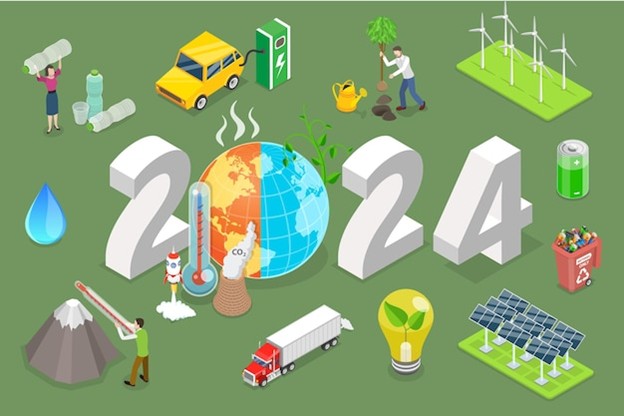finland just how much more resourceful can we be in finding new biodegradable packaging solutions well, according to the vtt technical research centre of finland one answer has been lying unnoticed beneath our feet readily available peat.instead of using it as a source of energy, vtt has developed methods and product innovations for processing its most rapidly renewable surface layer with the aim being to produce biobased composite materials containing peat fibre &ndash for example for the manufacture of consumer products and construction materials &ndash and in consequence reducing the use of oilbased raw materials. the advantages of products containing peat fibre are their bio origin, low cost, water resistance, impact strength, excellent fire endurance characteristics and biodegradability.according to vtt research professor ali harlin &ldquothe volume of oil used every year in the production of plastics equates to approximately five per cent of the world&rsquos total oil consumption. approximately 40 per cent of all plastics are used in packaging, which puts special pressure on the packaging industry to reduce dependence on oil. biobased plastics are a tangible step closer to a biobased economy.&rdquothe finnish research team has already developed materials containing thermoplastic and panelform peat fibre, as well as fibresuitable preprocessing methods. milled peat can be used as peat fibre because it contains several peat fractions and preferably long fibres, which are not silt up, so it can function both as filling material and as reinforcing material in composite structures.the amount of raw material necessary for composite products incl. biodegradable packaging would equate to a fraction of current peat production claims vtt, which has three patent applications pending related to peat containing biocomposites.contributed by des king 






